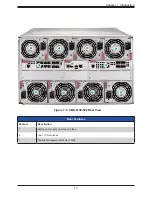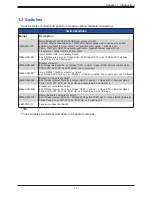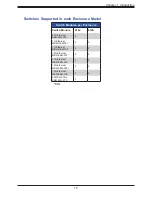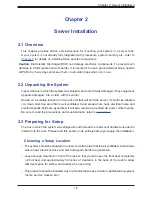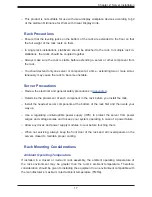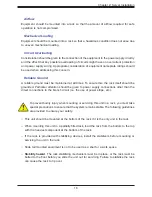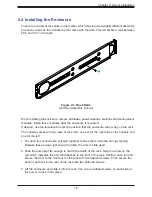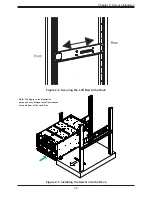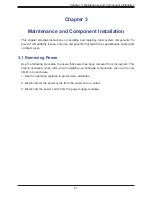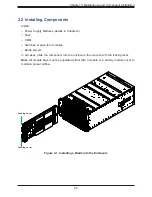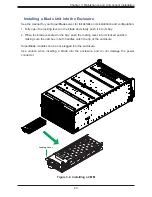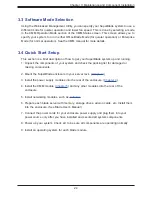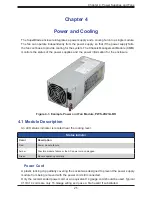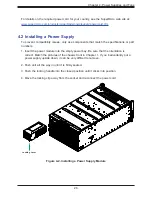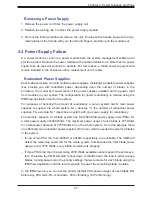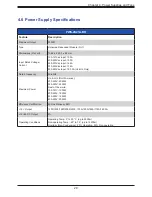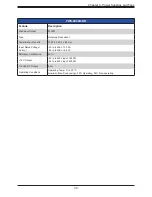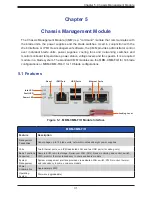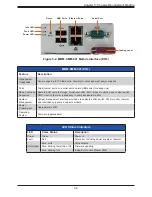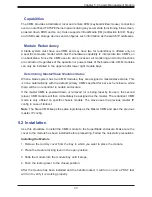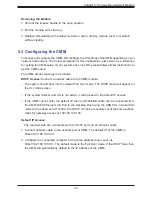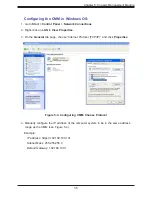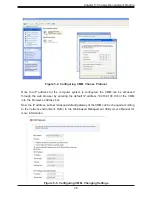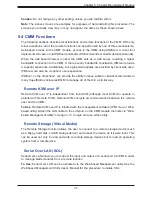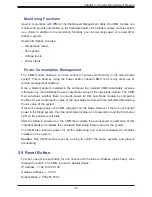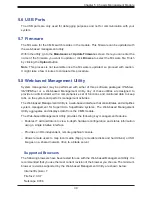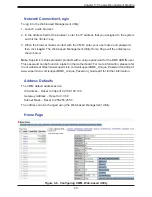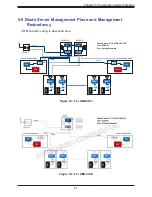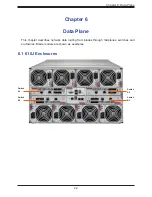
27
Chapter 4: Power Supplies and Fans
Removing a Power Supply
1.
Remove the power cord from the power supply unit.
2. Release the locking clip to unlock the power supply module.
3.
Pull out the locking handle and remove the unit. To release the handle, squeeze the two
metal plates of the handle with your thumb and fingers, and then pull the module out.
4.3 Power Supply Failure
If a power module or a fan in a power module fails, the system management software will
provide an alert. Replace the power module with another identical one. Note that if a power
supply fails, its fans will continue to operate. For this reason, a failed power supply should
remain installed in the enclosure until a replacement unit is ready.
Redundant Power Supplies
Each blade enclosure can hold multiple power supplies. Installing all possible power supplies
may provide you with redundant power, depending upon the number of blades in the
enclosure, the model and power level of the power supplies installed and the power load
from modules in your system. The configuration for power redundancy is created using the
IPMIView application tool for the system.
For purposes of denoting the amount of redundancy, a server system has N main power
supplies to support the whole system. N+n denotes "n" the number of redundant power
supplies. For example, N+1 describes a system with one power supply for redundancy.
For example, suppose a 10-blade system has four 2000 Watt power supply units (PSU), for
a total power supply of 8000 Watts. The maximum power usage of each blade is 375 Watts
for a total power demand of 3750 Watts to run the whole system. So in this example there
are effectively two redundant power supplies (N+2) over what is needed to power the blades
in the system.
•
If one or two PSU fail, then 6000W or 4000W, respectively, are available. The CMM will
detect the remaining power left for the whole system. And because the total blade power
usage is only 3750 Watts, every blade can still work properly.
•
If three PSUs fail, then the remaining 2000 Watts available cannot support the whole sys
-
tem. Therefore the CMM will start to shut down or throttle down the load in order to keep
blades running based upon the priority settings that were made for each blade using the
IPMIView application until the load is enough to power the remaining blade modules.
In the IPMIView tool you can set the priority (default CPU power usage) of each blade first
before any PSU fails (0%->shut down, 50%->throttling, 100%->Running).

